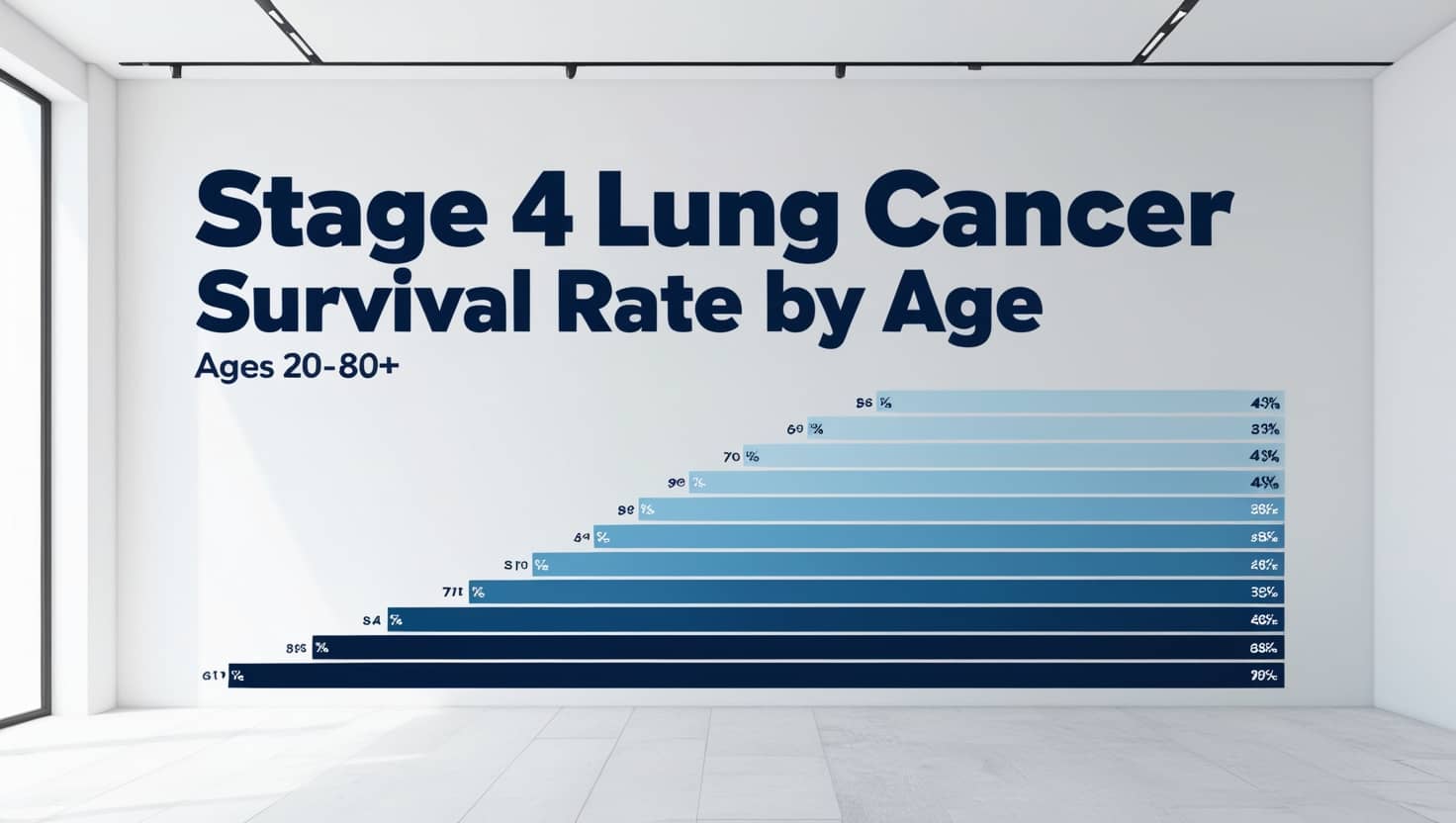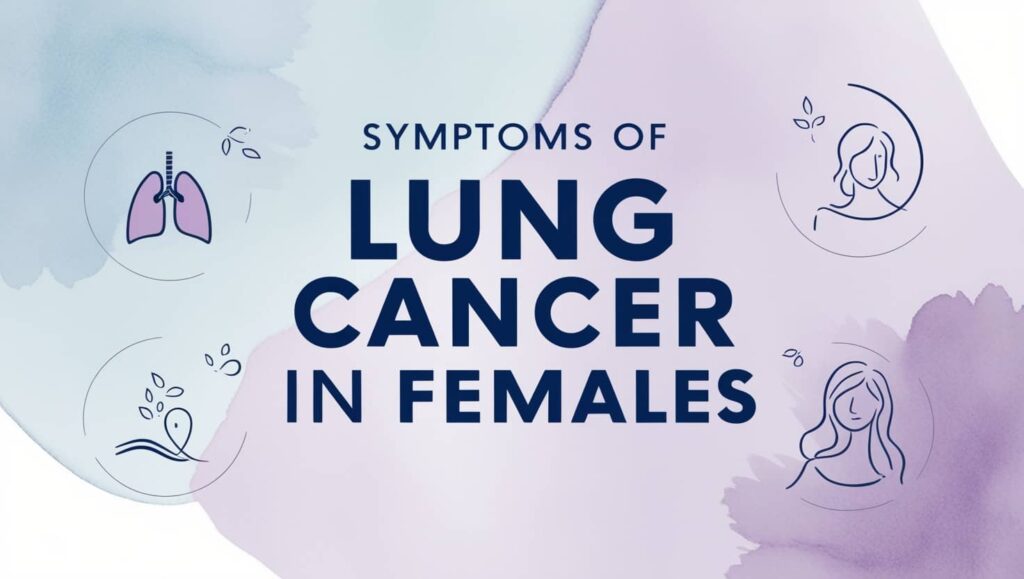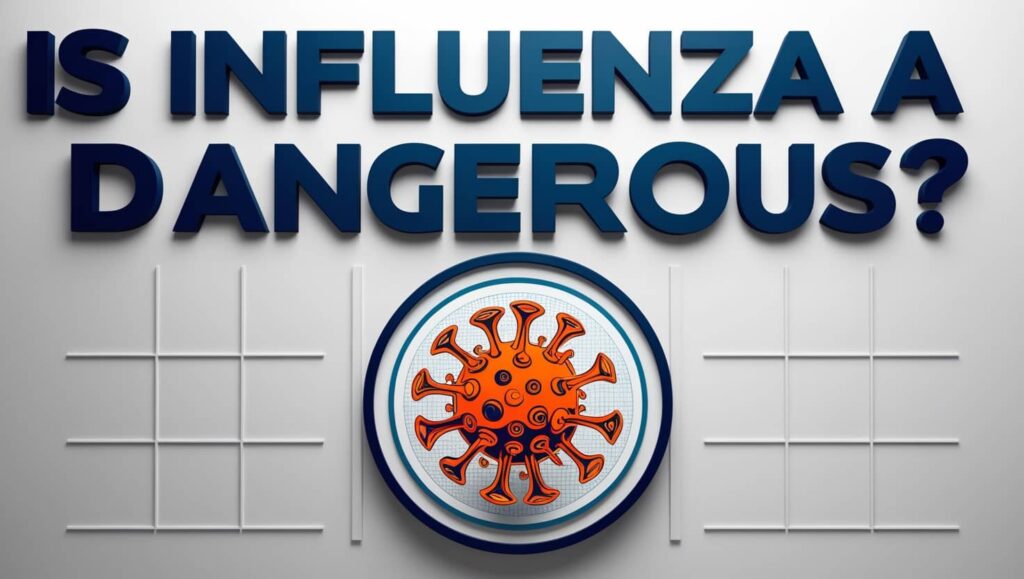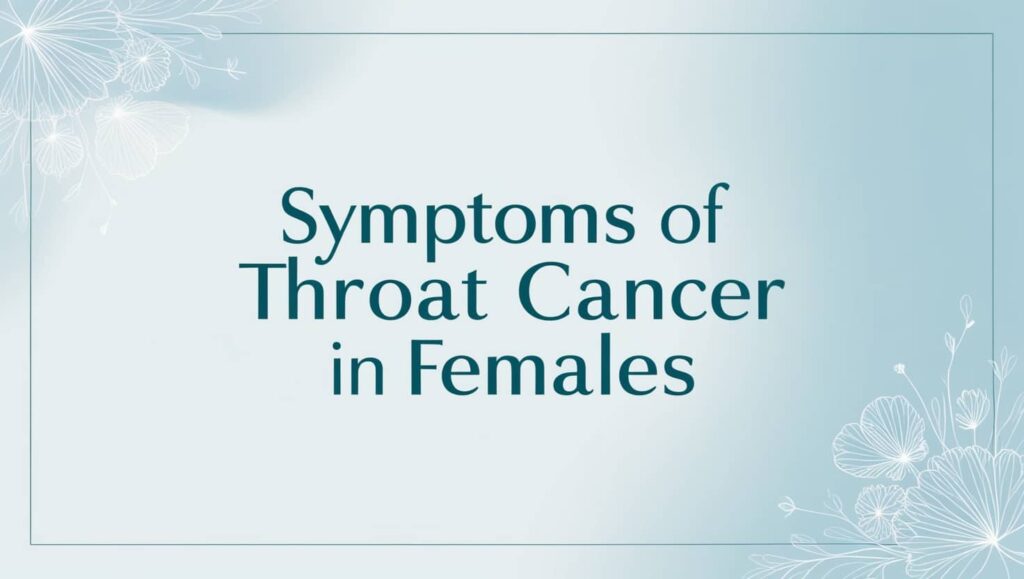Lung cancer arises from a genetic mutation that alters the DNA of lung cells. This genetic change disrupts the normal function of these cells, causing them to grow uncontrollably and form tumors. These abnormal cells can also spread to other parts of the body.
Unfortunately, lung cancer is often diagnosed at an advanced stage, significantly impacting the chances of recovery and survival. In the following sections, we will delve stage 4 lung cancer survival rate by age , explore the causes of this disease, understand its various stages, examine diagnostic methods, and discuss available treatment options.
What does stage 4 lung cancer mean?
Lung cancer progresses in four stages, with most cases being diagnosed at stages three or four.
In stage four, cancer cells have spread from the original lung tumor to other areas, such as the opposite lung, heart, pericardium, lymph nodes, or other parts of the chest.
There are two main types of lung cancer:
- Non-small cell lung cancer (NSCLC)
- Small cell lung cancer (SCLC)
Stage IVA and stage IVB lung cancer means that the disease has spread to other areas of the body outside the lung.
Non-small cell lung cancer (NSCLC) is slower to grow and less able to spread in the body than small-cell lung cancer (SCLC). (Guo, et al., 2021)
Stage 4 Lung Cancer Survival Rate by Age
Lung cancer is one of the highest causes of cancer death among other types in the world.
Because it is not diagnosed until advanced stages such as stage four, it causes a state of despair for patients diagnosed with this disease.
However, there are still some treatments that can give the patient a longer life and greater comfort, even in these late stages.
There are some factors that affect survival rates from the disease, the most important of which are stage, metastasis, age, weight lost, the patient’s general health, the patient’s sex, and lung condition in general.
All of these factors affect the chances of survival.
Stage 4 Lung Cancer Survival Rate by Stage:
- Two-year survival rate for people with stage IVA lung cancer: 23%
- Two-year survival rate for people with stage IVB lung cancer: 10%
- Five-year survival rate for people with stage IVA lung cancer: 10%
- Five-year survival rate for people stage IVB lung cancer: 0%
Stage 4 Lung Cancer Survival Rate by Age :
Age is one of the most important and influential factors regarding the chances of surviving lung cancer.
At advanced ages when the disease is diagnosed, the immune system is weak, which affects the patient’s chances of survival.
Where it becomes as follows:
Under fifty years: 11%
From 50 – 64: 7%
65 years and over: 4.7%
Stage 4 Lung Cancer Life Expectancy With Treatment
There are very few treatment options available for patients with stage IV lung cancer.
Therefore, even with treatment, only 50% of patients survive after four months, meaning half of the patients die within that short period.
(Schad , et al., 2018)
Stage 4 Lung Cancer Life Expectancy Without Treatment
The life expectancy for stage 4 non-small cell lung cancer (NSCLC) who is not undergoing treatment depends on several factors.
Such as the general condition of the patient, the degree of spread of the disease, and the speed of its spread.
But in general, its life expectancy ranges between 2-8 months.
Factors That Increase the Risk of Lung Cancer
Smoking, whether passive or active.
Exposure to contaminants such as asbestos, coal products, diesel exhaust, uranium, and silica.
Previous exposure to radiation treatments.
Family history of illness that includes someone suffering from the disease.
Stage 4 Lung Cancer Symptoms of Dying
End-stage lung cancer symptoms include:
- Feeling pain.
- shortness of breath.
- Severe weakness.
- Lack of interest in food.
- Confusion.
- Difficulties concentrating.
- Insomnia.
- A rattle in the throat
- A rattle in the upper part of the chest when breathing
- Rapid breathing.
- Stop breathing.
Symptoms of stage IV Lung Cancer
The initial symptoms that appear on the patient may include the following:
- Jaundice of the skin and eyes.
- Headache.
- A cough that does not go away and gets worse over time.
- Bone pain.
- Enlarged lymph nodes.
- Muscle weakness.
- Numbness in the arms
- Numbness in the legs.
- Imbalance.
- Unexplained weight loss.
- Shoulder pain.
- Superior vena cava syndrome, which includes swelling of the face, chest, neck, or arms.
- Horner’s syndrome.
- Seizures.
Stage 4 Lung Cancer Diagnosis
The initial symptoms of lung cancer can be similar to many other health problems.
Therefore, the doctor will first listen to you and understand the symptoms you are experiencing.
Then he will examine the chest, after which he will request other examinations such as X-ray or CT scan.
He will then order a biopsy to confirm the presence of cancer cells.
PET/CT scans are performed to confirm the rate of spread of the disease in the body after it is diagnosed.
Read Also: How to Check for Ovarian Cancer at Home
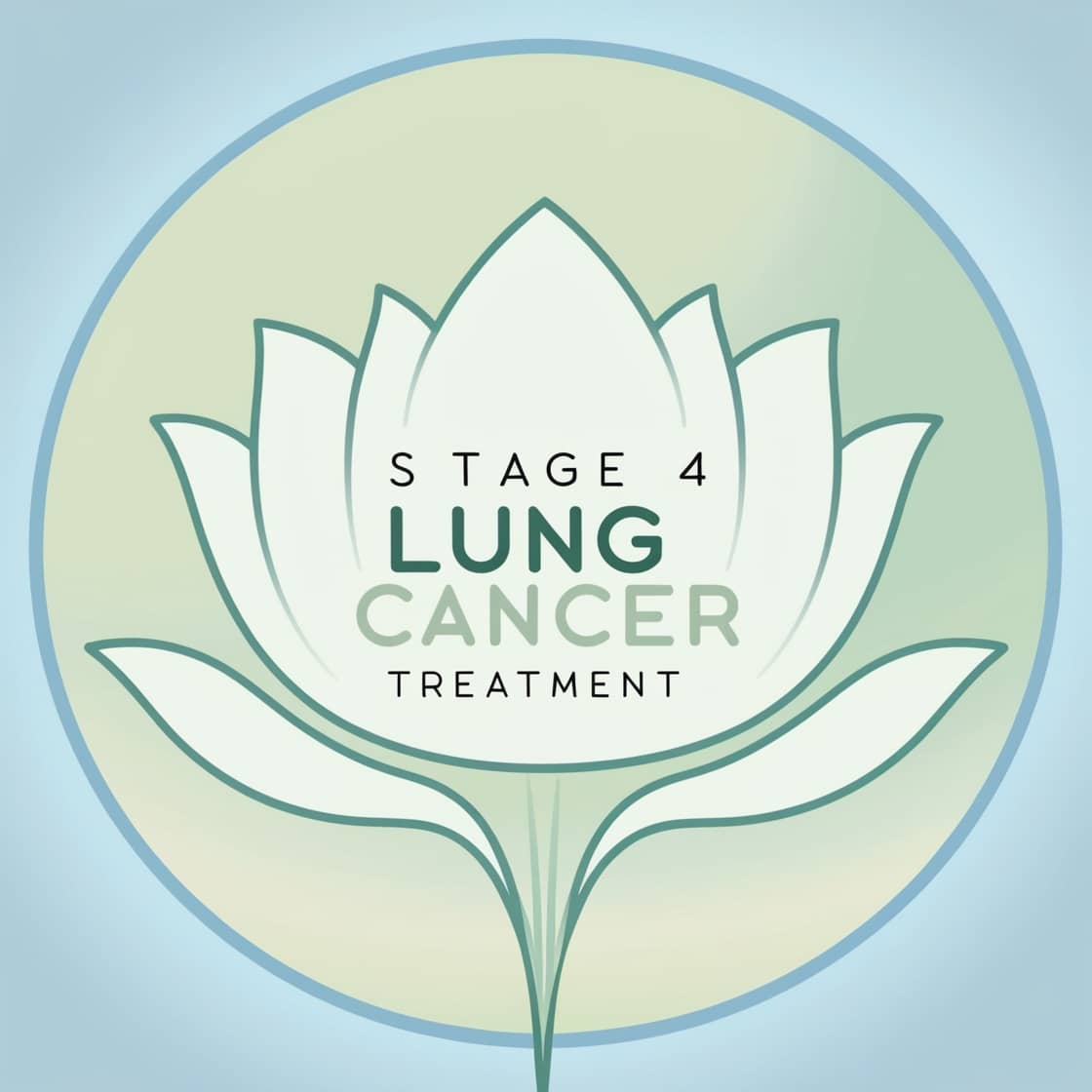
Stage 4 Lung Cancer Treatment
Lung cancer treatment methods include some options, the most important of which are:
Surgical treatment
Where the tumor or affected part of the lung is removed.
It is an option in the early stages of the disease, but as the condition progresses, it is subject to evaluation and may be done as part of a larger treatment plan.
The recovery period from surgery varies from one person to another
Surgery can also affect lung efficiency, but this can be controlled later.
Chemotherapy
It includes a plan to target cancer cells in the body as a whole.
This is done at intervals during which the side effects of treatment are dealt with.
These side effects include weakness, nausea, hair loss, and a weak immune system. Chemotherapy may include some types of medications such as Cisplatin, Carboplatin, Pemetrexed and Vinorelbine.
Radiotherapy
One of the most widely used treatment options for lung cancer is radiotherapy
The cells are targeted with high doses of radiation without affecting the surrounding cells
This type of treatment is more effective in the primary stages, and it has side effects.
The most important of which are fatigue and discomfort in the chest area and skin changes.
Immunotherapy
It includes working to strengthen the patient’s immune system to improve the chance of survival.
The ideal option for treating stage IV (NSCLC) lung cancer is chemotherapy combined with immunotherapy.
Chemotherapy works to get rid of cancer cells spread in the body, while immunotherapy works to increase the body’s endurance capacity, which increases the patient’s probability of survival.
How Long Can You Live with Stage 4 Lung Cancer?
General estimates and statistics indicate that the chances of living more than 12 months after being diagnosed with stage 4 lung cancer do not exceed 19% at best.
But work is underway to make these people live their remaining period in a better condition and give them greater chances of survival.
We have previously explained stage 4 lung cancer survival rate by age in detail.
References
Guo, H., Li , H., Zhu , L., Feng , J., Huang , X., & Baak, J. P. (2021). How Long Have I Got?” in Stage IV NSCLC Patients. National Library of Medicine.
Schad , F., Thronicke , A., Steele , M. L., Merkle , A., Matthes , B., Grah, C., & Matthes, H. (2018). Overall survival of stage IV non-small cell lung cancer patients. National Library of Medicine.
Yusuf Saeed
Pharmacist | Medical Writer & Translator
Yusuf Saeed graduated from the Arab Academy for Science and Technology and Maritime Transport with a B.Sc. in Pharmaceutical Sciences. His passion for research and healthcare communication led him to specialize in medical writing and translation. Yusuf is committed to delivering accurate, well-researched content that empowers readers with reliable medical information and bridges language gaps in healthcare education.
As the founder of Medserene, Yusuf Saeed established the platform with a vision to provide trustworthy medical content and accessible healthcare information. His mission is to create a reliable resource that empowers readers to make informed decisions about their health and well-being. Driven by his passion for clear communication and healthcare education, Yusuf aims to bridge the gap between medical knowledge and everyday understanding.

